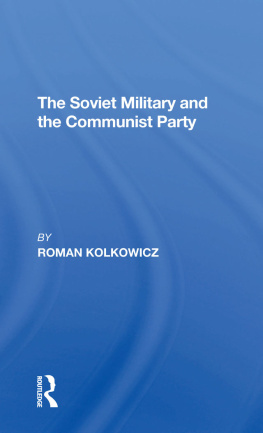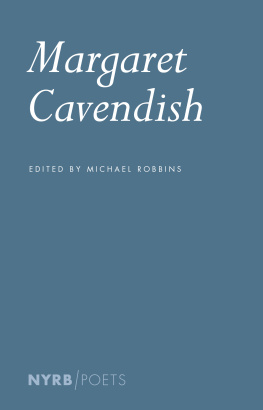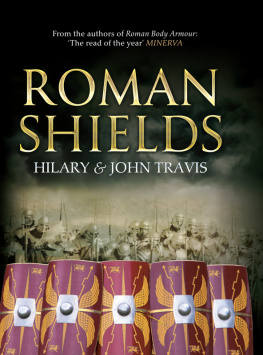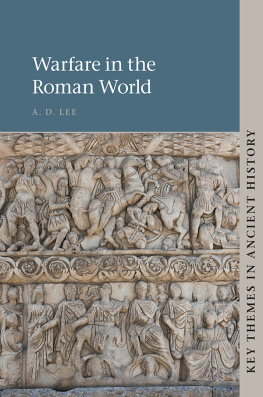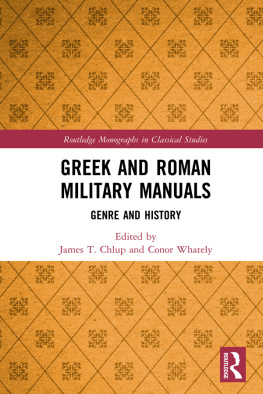To
Eric Birley
ADDENDA ET CORRIGENDA
34 and 74 are published by permission of the Director of Istanbul Archaeological Museum. Mr. L. Tugrul has kindly ascertained that 74 was found in the village of Burdaklar, near Kandiva, in the district of Kocaeli, which lies within the Roman province of Bithynia. Personal inspection of the tablets has confirmed the accuracy of the identification of the surviving letters in the names of witnesses to 74.
14 was found at Pisarevo, Gorna Orjakhovitsa, and the inventory number is 8416 (not 8420).
67. Personal inspection of the fragment from Nicopolis ad Istrum revealed that Mme. V. Gerassimova Tomova was correct in her identification of the letters of 1. 16 extrinsecus as ] PIANO, rather than ]EIANO as G. Molisani suggested.
Fragment 3 page 102, line 2 should read: ACT ED D .
Personal inspection of this fragment shows that it is not possible to read the name of a consul Celso. in the first line (intus) as Zs. Visy suggests in Acta Archaeologica Academiae Scientiarum Hungaricae 29 (Budapest 1977) 457. The reading offered by Professor I. I. Russu is substantially correct, although it is possible that the fifth letter in line 2 intus is O rather than D: ACT EOD (?) .
Four new fragments from Romania and one from Bulgaria may be added to the list of unpublished diplomas, although further details are not yet available.
Originally published by University College London Institute of Archaeology
First published 2009 by Left Coast Press, Inc.
Published 2016 by Routledge
2 Park Square, Milton Park, Abingdon, Oxon OX14 4RN
711 Third Avenue, New York, NY 10017, USA
Routledge is an imprint of the Taylor & Francis Group, an informa business
Copyright 1978 The Institute of Archaeology
All rights reserved. No part of this book may be reprinted or reproduced or utilised in any form or by any electronic, mechanical, or other means, now known or hereafter invented, including photocopying and recording, or in any information storage or retrieval system, without permission in writing from the publishers.
Notice:
Product or corporate names may be trademarks or registered trademarks, and are used only for identification and explanation without intent to infringe.
Library of Congress Cataloguing-in-Publication Data available from the publisher
ISBN 978-0-905853-06-2 paperback
This collection of diplomas was begun during the course of work connected with the auxilia of the Roman imperial army. The idea of making the collection was that of Professor Eric Birley, who supplied many of the initial references. Professor John Wilkes suggested that it should be published since much of the original material is not easily obtainable. The Director of the London University Institute of Archaeology, Professor John Evans, kindly agreed to include it among the occasional publications of the Institute.
The initial aim was solely to provide interested scholars with a series of transcripts but, because of the literature that has sprung up around many of the diplomas, and also because I found that I was not wholly in agreement with some of the published versions, notes have been appended. This is in no sense a definitive publication, such as may be offered in the future in CIL XVI Supplementum II, and some of the solutions proposed are put forward in the hope that they will promote further discussion.
The help and encouragement I have received from Dr. John Mann is evident in the notes to many of the diplomas. He has read and commented upon the work at all stages. Without his kindness it is doubtful if I should have completed the task. He is not responsible, however, for any errors in the script or in the notes. I should also like to acknowledge my debt to the late John Morris from whom I learnt a great deal during the course of collaboration on an article concerning witnesses to diplomas.
Professor Gza Alfldy has read parts of the script and has made many helpful suggestions. He was kind enough to send me a proof copy of his book Konsulat und Senatorenstand unter den Antoninen prior to publication, and I am deeply indebted to him for the insight it gave me into problems connected with consular dates.
I should like to thank Mme. Maria iikova for allowing me to include a transcript of the Thracian diploma of 114 in advance of a full publication by her late husband, Professor D. P. Dimitrov, which she will edit.
I am grateful for the assistance of Professor Werner Eck who made available several sections of PWRE Supplement 15 prior to publication.
Dr. H.-J. Kellner, Director of the Prhistorische Staatssammlung in Munich, gave generously of his time in obtaining and re-examining a diploma (59) at my request. He also allowed me to inspect and photograph all the Raetian diplomas in his museum.
Three of the diplomas are published here for the first time. I am indebted to Mark Hassall of the London University Institute of Archaeology for drawing my attention to 34 and 74, both of which he has personally inspected and discussed with me.
Mr. C. N. Reeves, the owner of the other new fragment (60), allowed it to be cleaned and radiographed by Mrs. Kathryn Tubb, of the London University Institute of Archaeology Department of Conservation and Materials Science, whose co-operation I gratefully acknowledge. Mr. Reeves will publish the fragment with a fuller apparatus elsewhere. I must also thank Miss Catherine Johns of the British Museum who referred Mr. Reeves to me.
Mr. Nathan Meron, the owner of the diploma of Syria Palaestina (69), supplied me with clear photographs of the tablet which proved to be invaluable in making a new reading.
Many scholars have replied to enquiries about specific diplomas and sent me relevant off-prints of articles, but in particular I should like to thank Professors A. R. Birley, J. E. Bogaers, S. Duani, M. Euzennat, Ronald Mellor and I. I. Russu; Mme. V. Ljubenova, Mr. Lawrence Keppie, Dr. B. Lrincz, Dr. B. Overbeck and Dr. Zsolt Visy. Mr. F. L. Meyer gallantly translated innumerable articles from at least seven languages into impeccable English.
The initial travelling, which enabled me to inspect many of the diplomas, was undertaken with the aid of grants from the British Academy. Expenses connected with producing the final manuscript have been defrayed by a grant from the Gordon Childe Fund. I should like to express my gratitude to both of these bodies.
Finally I must thank my many friends in the libraries of the Institute of Classical Studies and the Institute of Archaeology for patience and forbearance beyond the line of duty: Moira Mackenzie for drawing the outlines round the fragments; Roz Passmore for helping with the typing; and Marjory Hunt for gently cheering me along the way.






